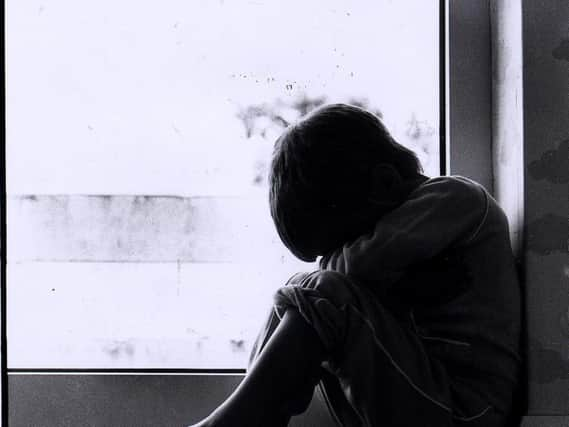Report identifies 4180 children in Northamptonshire exposed to harm and poverty


The Children’s Society, who provide support for vulnerable children across the country, have released a shocking report, which highlights that out of 160,000 children living in Northamptonshire, 4180 children have been deemed as ‘children in need’.
New statistics have raised concerns about the 4180 children, who have been classified as ‘children in need,’ as 377 youths are said to be aged between 16 and 17.
Advertisement
Hide AdAdvertisement
Hide AdThe Children’s lives in Northamptonshire report says: “We are particularly concerned about the lack of protection for 16 and 17-year-olds who are more likely to experience abuse and neglect than any other age group of children, yet do not receive the same legal protections as younger children.
“Due to legal changes in education and welfare provision the number of children aged 16 or 17 who remain dependent on their families for emotional, financial and other support has increased.
“Over 90 percent of children of this age now live at home with their parents. While most children will get loving and caring support from their families, we want to protect those who are threatened by abuse and neglect.”
The report estimates that in 2014 up to 1000 children in the East Midlands were portrayed as homeless between the age of 16-17.
Advertisement
Hide AdAdvertisement
Hide AdThese teens are said to be at the 'most serious risk of harm' due to fleeing their homes as they faced incidents involving ‘substance abuse, violence or severe overcrowding.’
The report adds: “The Government allocated £27,783,091 in early intervention funding to Northamptonshire Council in 2016/17, that’s a reduction of £11,430,875 compared to 2010.
“This massive reduction means local authorities are less able to address the problems experienced by children and families at an early stage.
“Children suffer harm that could have been prevented and the state is faced with greater costs as they are forced to deal with more entrenched, serious and expensive problems at a later date.”